Forests cover vast areas of the Earth and play a critical role in maintaining our planet’s ecosystems. These forests provide homes for countless species, regulate climate, and support human livelihoods. The largest forests are spread across multiple continents, each with unique characteristics. Let’s explore some of the biggest and most significant forests worldwide.
Amazon Rainforest, South America
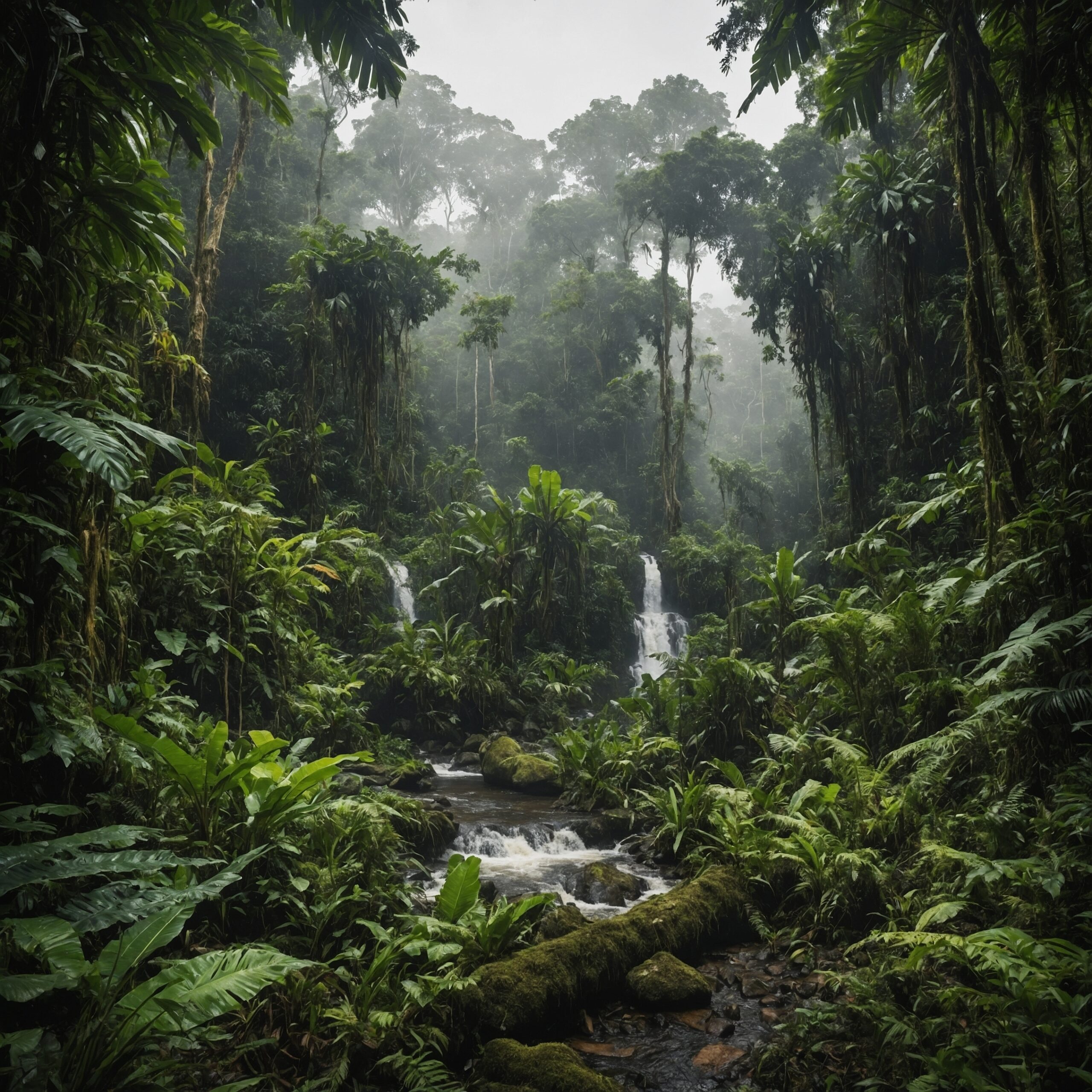
The Amazon Rainforest spans over 5.5 million square kilometers, making it the largest tropical rainforest on Earth. It stretches across nine countries in South America, with Brazil containing the majority. Known for its rich biodiversity, this rainforest is home to thousands of species of plants, animals, and insects, many of which are not found anywhere else. The Amazon plays a crucial role in regulating the global climate by absorbing large amounts of carbon dioxide. Its thick canopy and river systems form a vital habitat for indigenous peoples and wildlife. Deforestation poses a significant threat to this ecosystem, impacting both local and global environments.
Taiga (Boreal Forest), Northern Hemisphere
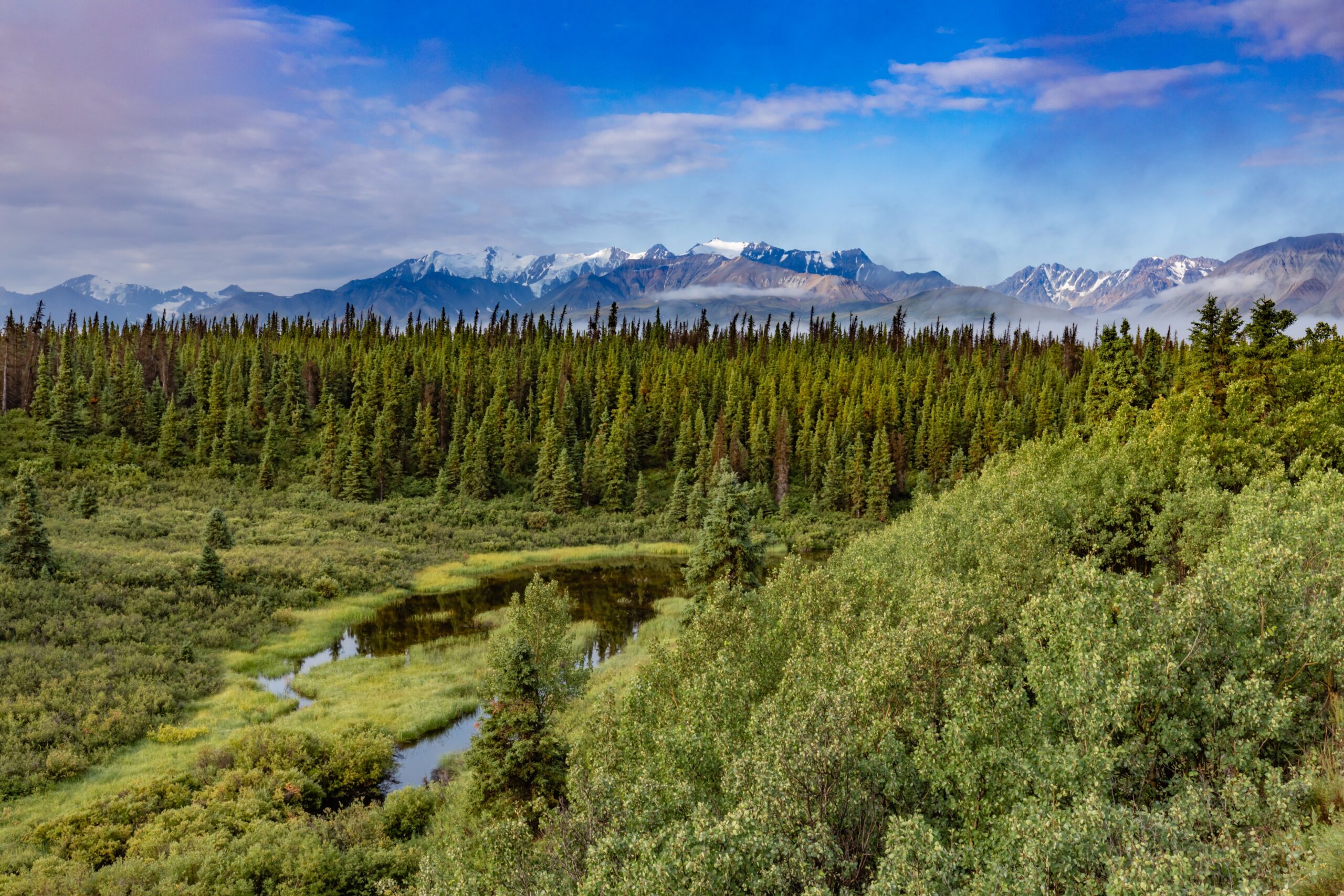
The Taiga, also called the Boreal Forest, is the largest land biome in the world, covering about 17 million square kilometers. It stretches across the northern parts of North America, Europe, and Asia, including countries like Canada, Russia, and Scandinavia. The Taiga consists mostly of coniferous trees such as pines, spruces, and larches, adapted to survive the cold, harsh climate. This cold forest is essential for storing carbon and serves as a vital habitat for species like moose, bears, and wolves. Its vast stretches provide a natural barrier against climate change, and it plays a key role in the global carbon cycle.
Valdivian Temperate Rainforest, South America
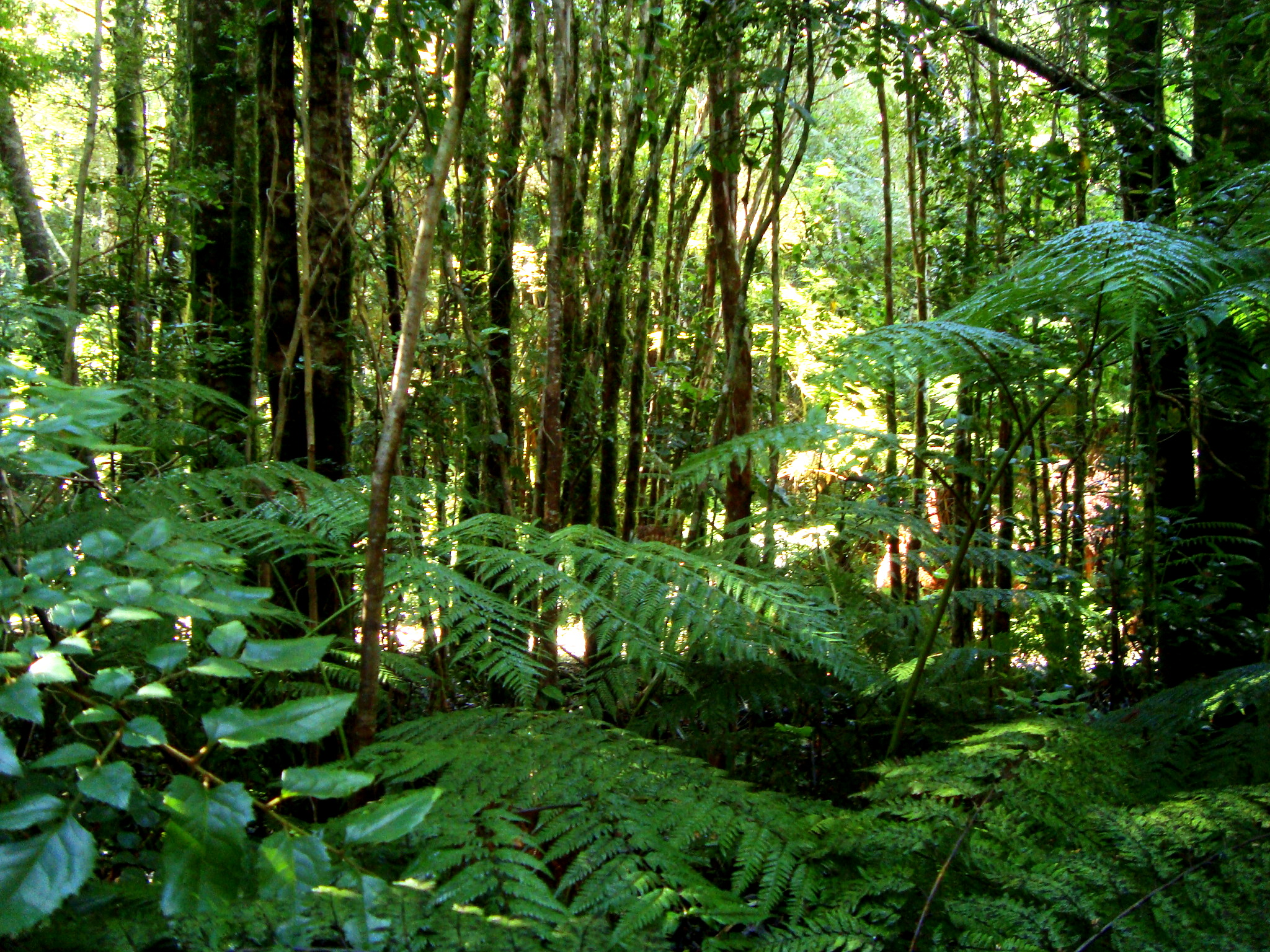
Located in Chile and Argentina, the Valdivian Temperate Rainforest covers approximately 248,000 square kilometers. It is known for its lush greenery and high rainfall, with unique flora like ferns and ancient trees such as the alerce, which can live for thousands of years. This forest is one of the few temperate rainforests in the world and supports a wide range of wildlife, including pumas, the pudú deer, and various endemic bird species. Its coastal location helps it regulate moisture and temperature in the region, creating a stable environment that supports diverse ecosystems. Conservation efforts are crucial here due to threats from logging and land conversion.
Daintree Rainforest, Australia
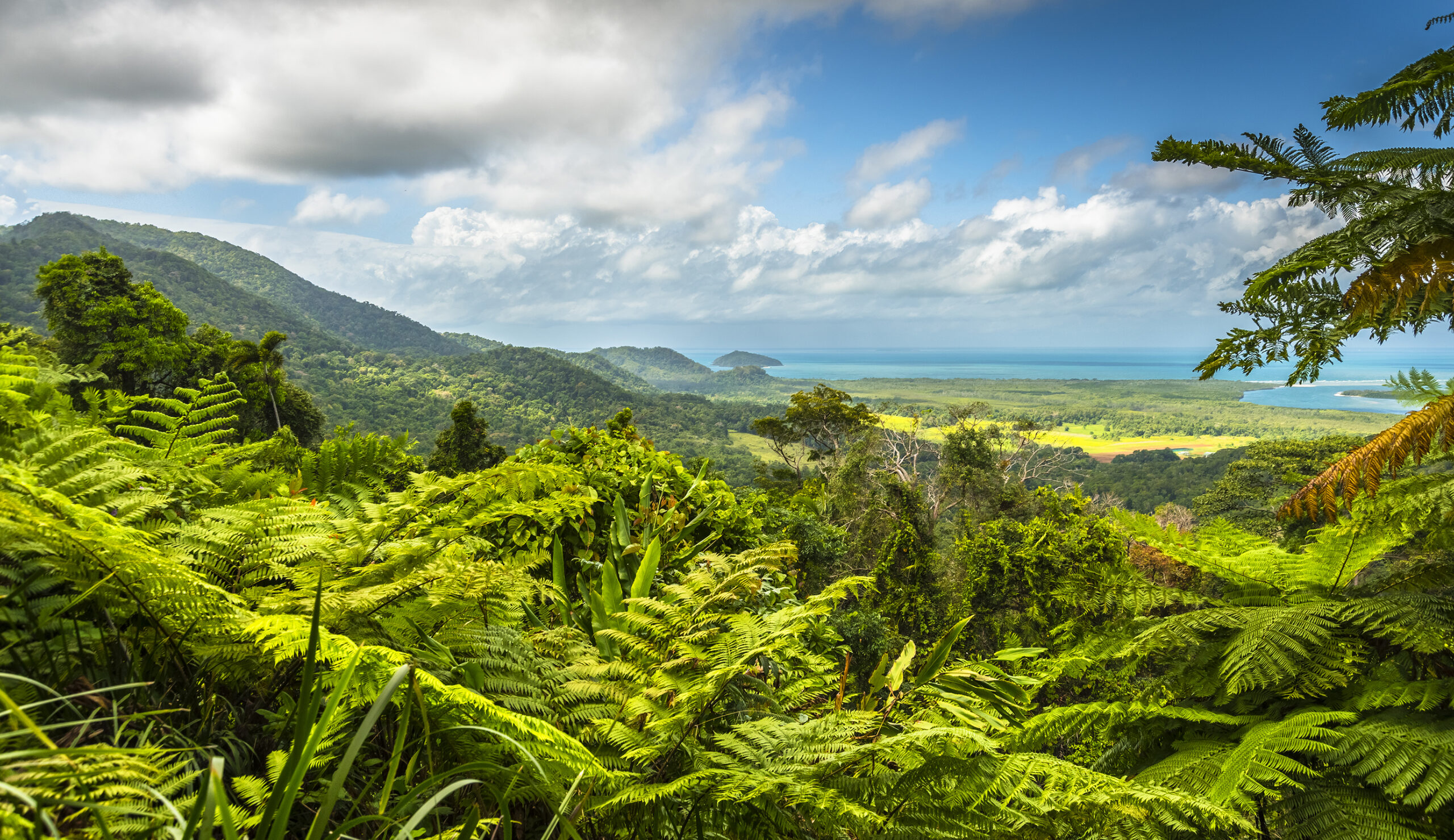
The Daintree Rainforest, located in Queensland, Australia, covers about 1,200 square kilometers. It is one of the world’s oldest rainforests, estimated to be over 135 million years old. This tropical rainforest is renowned for its incredible biodiversity, housing rare and endangered species such as the cassowary and the tree kangaroo. The forest sits along the coast, where it meets the Great Barrier Reef, creating a unique convergence of ecosystems that is unparalleled on the planet. Its ancient plant life and wildlife make it a UNESCO World Heritage site. Conservation efforts focus on protecting it from development and climate change impacts.
Sundarbans Mangrove Forest, Bangladesh and India
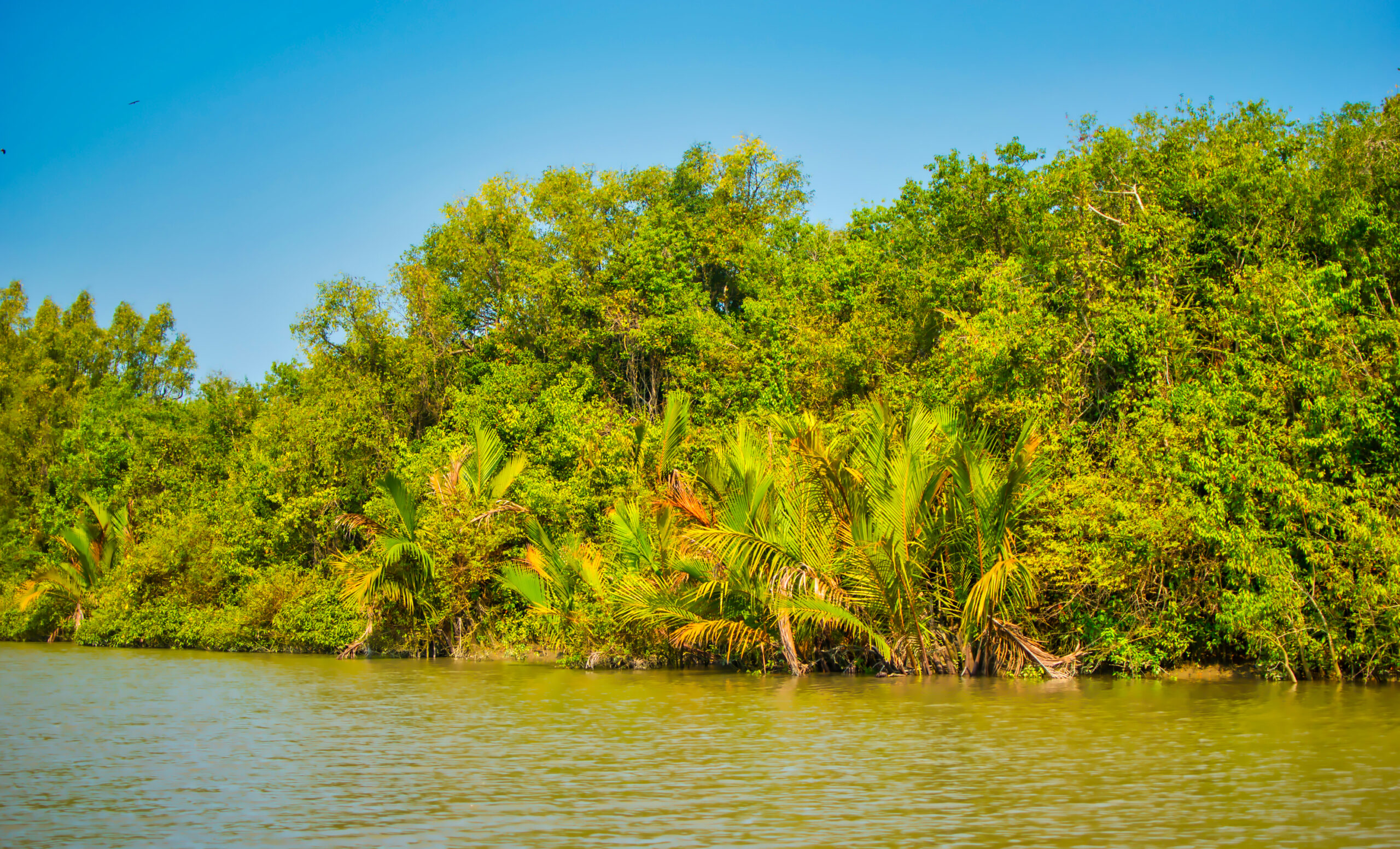
The Sundarbans Mangrove Forest spans roughly 10,000 square kilometers across the delta region of the Bay of Bengal. It is the largest mangrove forest in the world and a UNESCO World Heritage site. The forest is known for its salt-tolerant mangrove trees, which create a dense, tangled root system that stabilizes the coastline and prevents erosion. It is home to the endangered Bengal tiger, as well as other species like saltwater crocodiles and various birds. Its wetlands act as natural flood barriers, protecting coastal regions from storm surges and cyclones. The Sundarbans play a critical role in the region’s biodiversity and local economy, supporting fisheries and honey production.
Tongass National Forest, United States (Alaska)
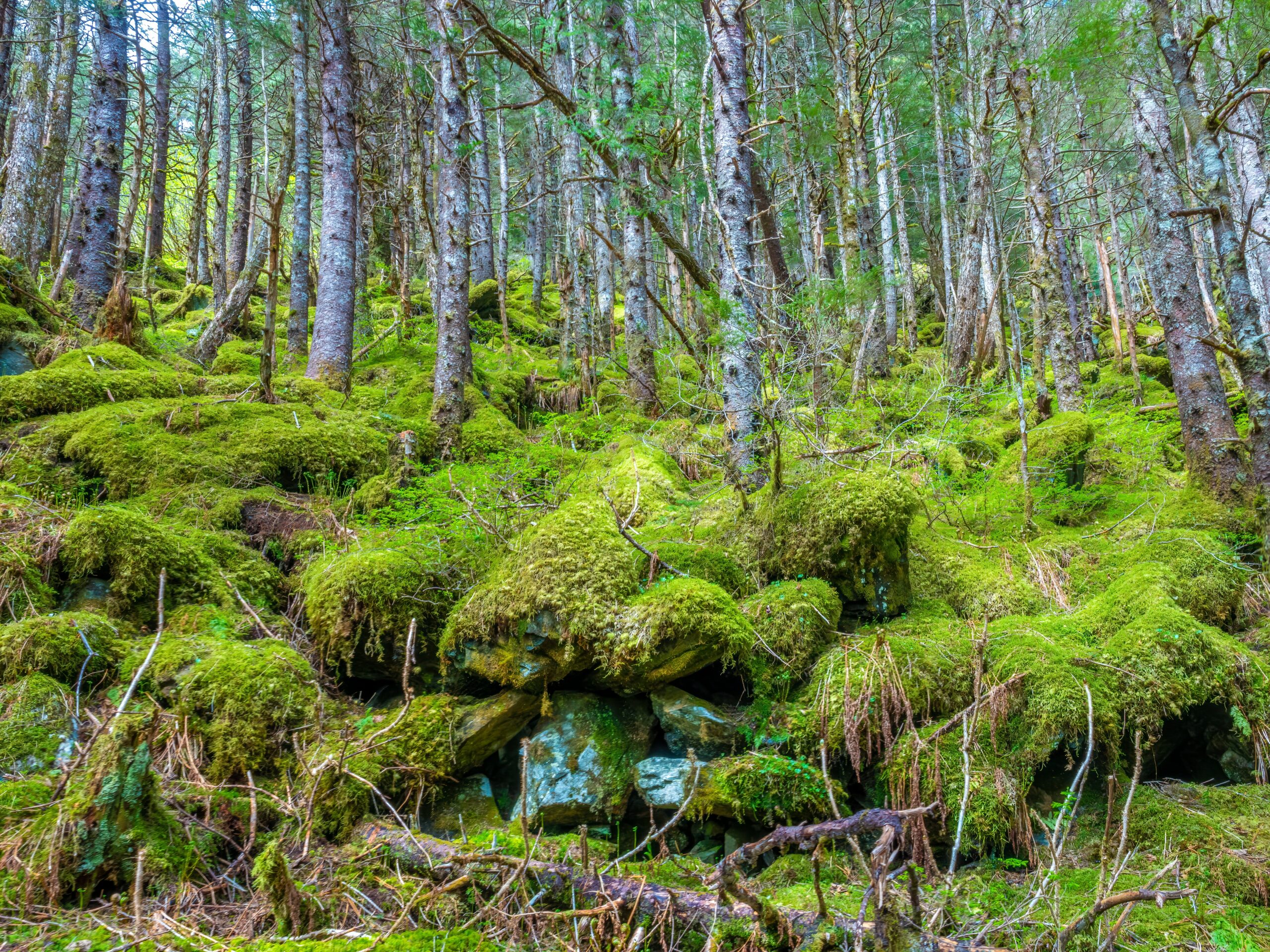
Tongass National Forest is the largest national forest in the U.S., covering approximately 68,000 square kilometers in southeastern Alaska. This temperate rainforest is made up of old-growth trees like Sitka spruce, western hemlock, and red cedar, some of which are over 800 years old. It is home to diverse wildlife, including brown and black bears, bald eagles, and all five species of Pacific salmon. The forest’s coastal position helps sustain Alaska’s fishing industry, while its vast tree cover aids in carbon storage, making it vital for climate regulation. Tongass plays a key role in preserving the state’s wilderness and biodiversity, but it faces ongoing challenges from logging and habitat fragmentation.
Xishuangbanna Rainforest, China
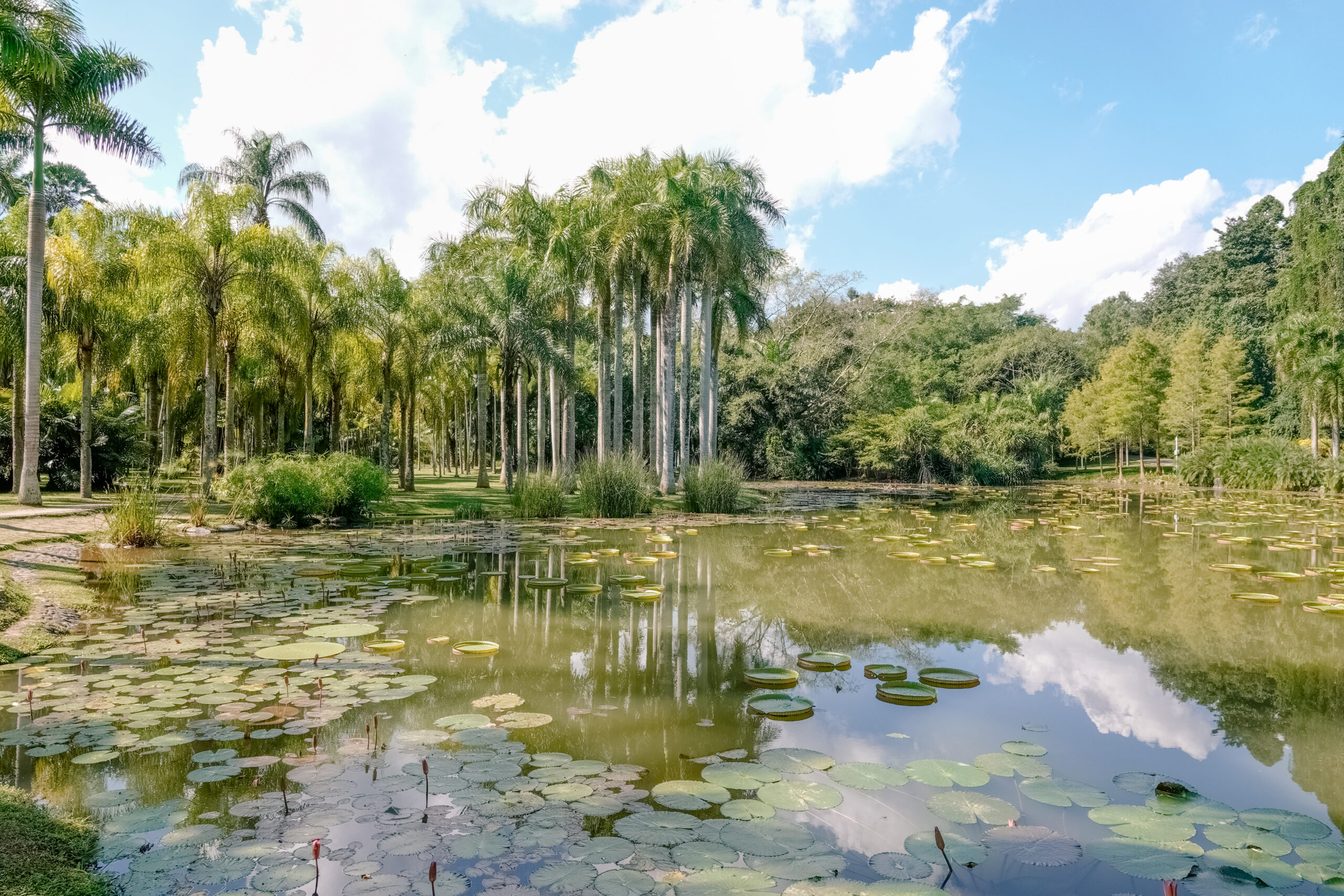
Xishuangbanna Rainforest, located in the Yunnan Province of China, covers around 19,000 square kilometers. This tropical rainforest is known for its rich biodiversity, featuring over 5,000 plant species and a wide range of wildlife, including elephants, gibbons, and rare bird species. It plays a significant role in regulating local climate and maintaining ecological balance in the region. Xishuangbanna is also home to many indigenous communities who rely on its resources for their livelihood. Despite being a biodiversity hotspot, it faces threats from deforestation and agricultural expansion.
Bialowieza Forest, Poland and Belarus
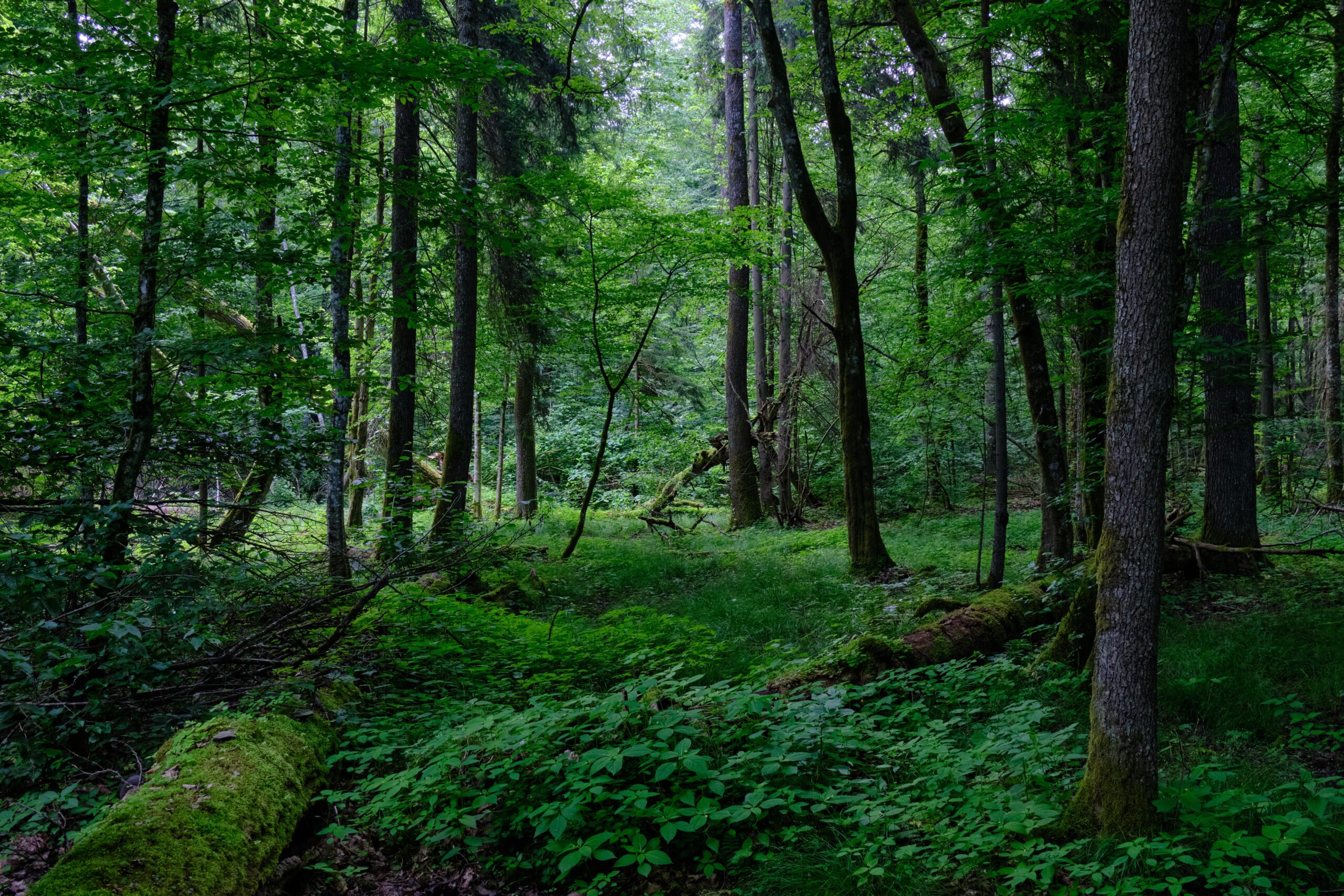
Bialowieza Forest is one of Europe’s last and largest primeval forests, covering about 1,500 square kilometers across Poland and Belarus. It is a UNESCO World Heritage site and is home to the European bison, which was reintroduced after near extinction. The forest consists of diverse ecosystems, including oak, hornbeam, and spruce, and hosts a rich variety of wildlife. Its old-growth areas remain largely untouched, providing a glimpse into what European forests looked like centuries ago. Bialowieza’s ecological importance has made it a center for conservation efforts.
Black Forest, Germany
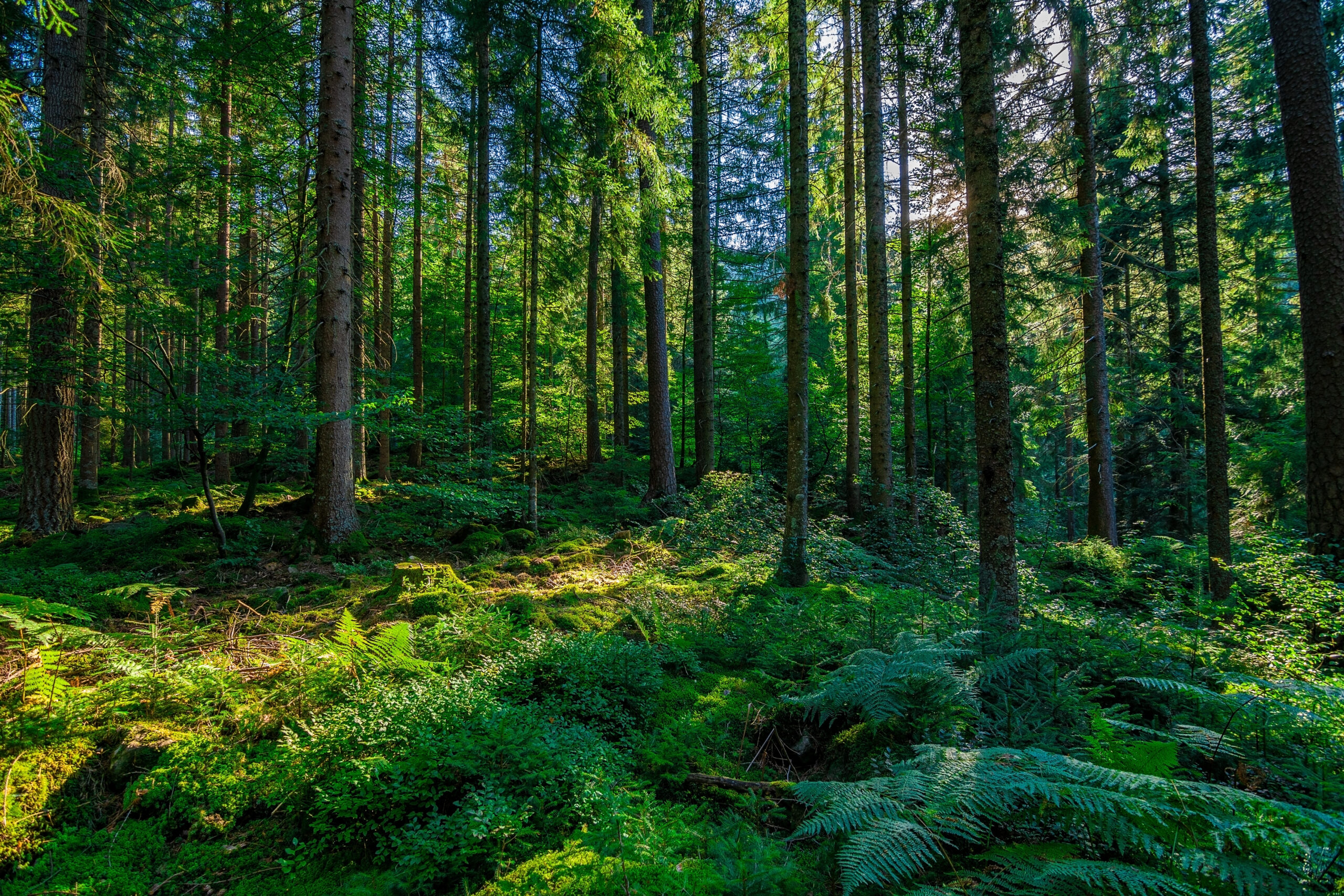
The Black Forest, located in southwestern Germany, spans roughly 6,000 square kilometers. Known for its dense evergreen trees, this forest is primarily composed of fir and spruce. It also includes areas of mixed woodlands with beech and oak trees. The region is famous for its picturesque landscapes, rolling hills, and deep valleys. The Black Forest has been shaped by centuries of human activity, yet it remains a vital part of Germany’s natural heritage. It supports a diverse range of flora and fauna, while also being a popular destination for hiking and tourism.
Atlantic Forest (Mata Atlântica), Brazil
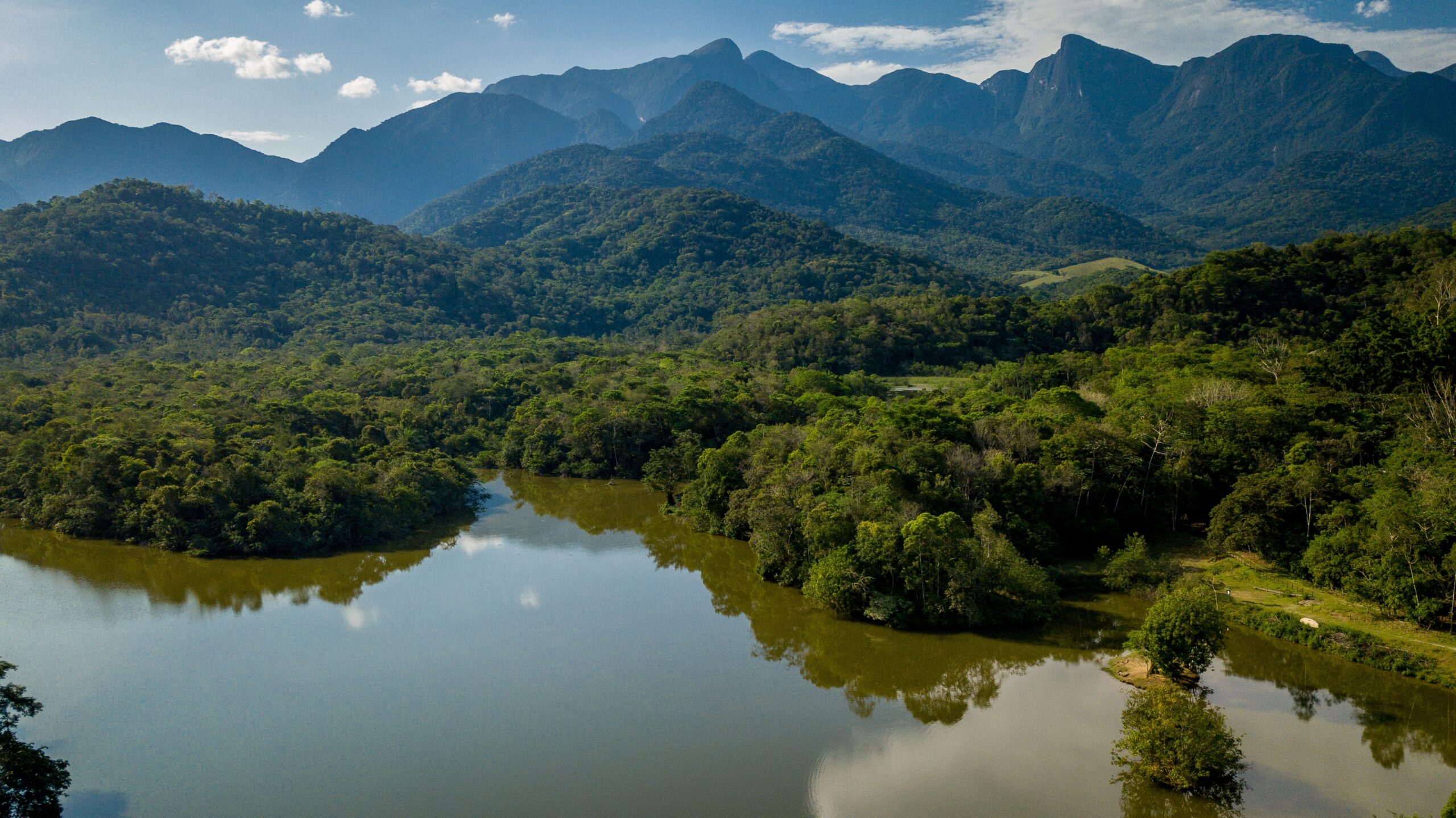
The Atlantic Forest, or Mata Atlântica, once stretched over 1.5 million square kilometers along Brazil’s eastern coast, though only about 12% remains today. This tropical forest is one of the most biodiverse regions in the world, home to thousands of plant and animal species, many of which are endemic. Its ecosystems range from coastal mangroves to cloud forests, and it plays a crucial role in regulating water cycles and protecting watersheds. Deforestation has severely reduced its size, but ongoing conservation efforts aim to restore its biodiversity.
Redwood National and State Parks, United States (California)

Redwood National and State Parks in California cover about 540 square kilometers and are home to the tallest trees in the world, the coastal redwoods. These ancient trees can reach heights of over 100 meters and are a remarkable example of the power of nature. The park also includes diverse ecosystems, from prairie grasslands to oak woodlands, providing habitats for a variety of wildlife. The forest plays an essential role in carbon storage, helping mitigate climate change. The Redwoods attract visitors from around the globe, drawn by the beauty and scale of these magnificent trees.
This article originally appeared on Rarest.org.
More from Rarest.org
14 Rare and Endangered Carnivorous Plants You Didn’t Know About
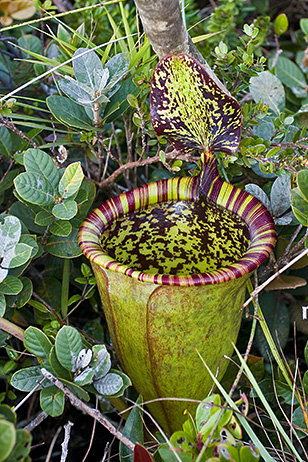
Carnivorous plants are some of the most fascinating species in the plant world, using unique adaptations to trap and digest insects and other small prey. Read More.
8 Rare Board Game Expansions Worth a Small Fortune

Board game expansions can add depth and variety to your favorite games, but some rare expansions are worth more than you might expect. Read More.
11 Unique Ceramics and Pottery That Command a Premium

Ceramics and pottery have long been appreciated for their craftsmanship, but certain pieces go beyond functional items and become true works of art. Read More.
